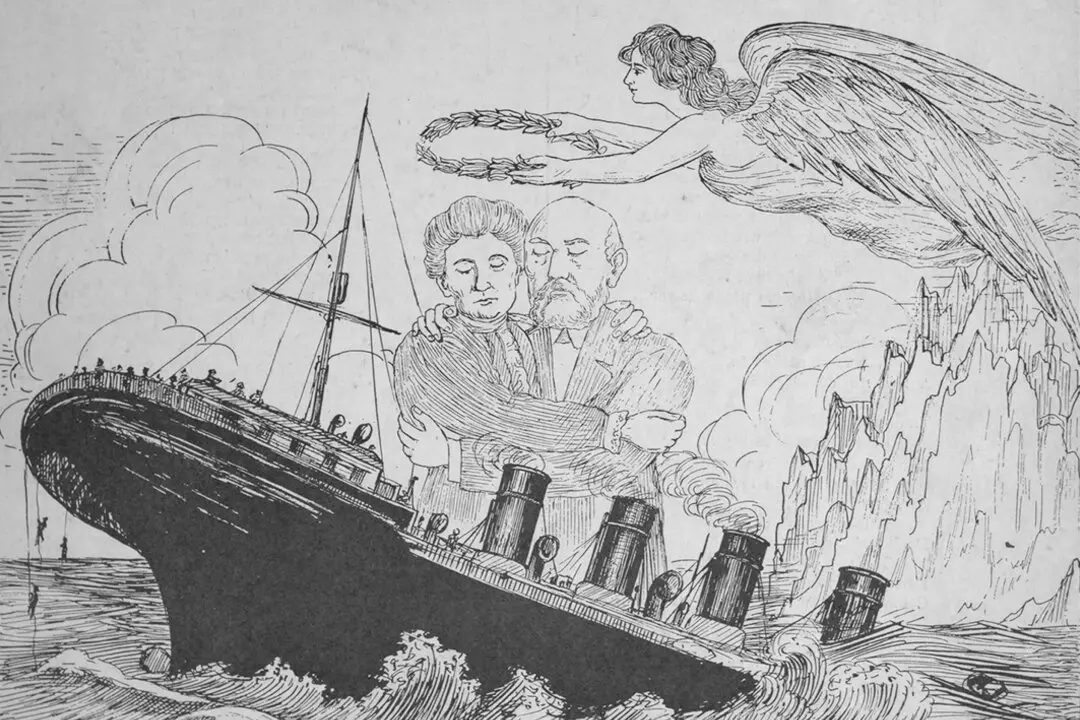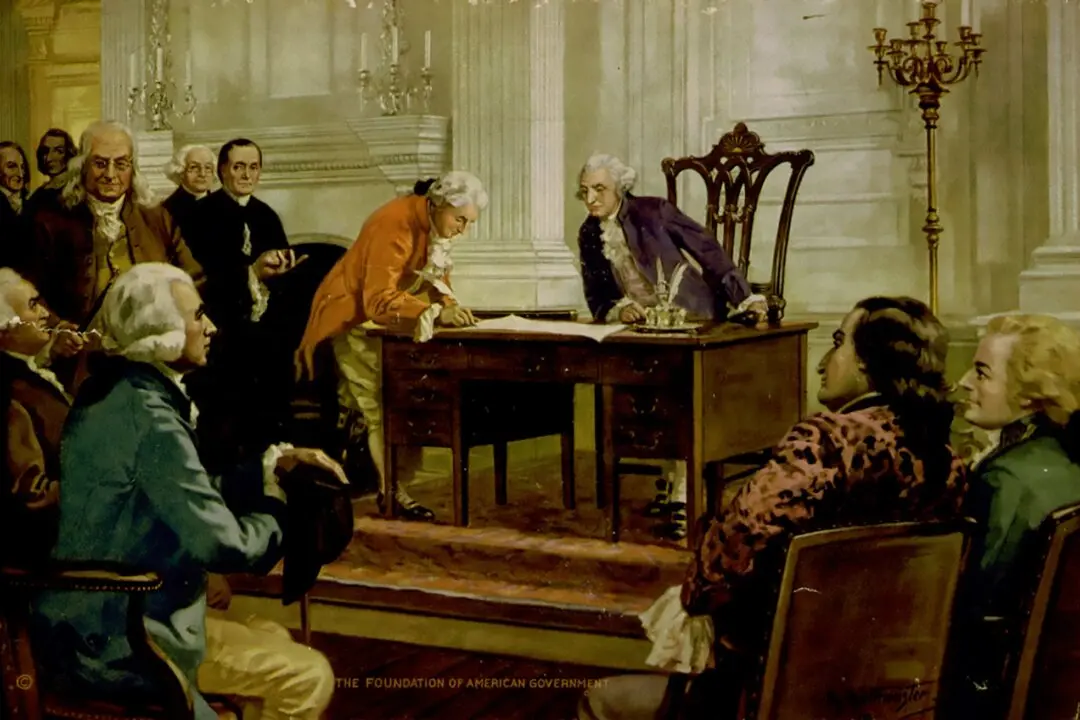Many of us involved in the book lives of children and teens use guides to help track down authors and titles that might interest them. Search online for “book lists for kids,” and there they are: dozens of sites with reading lists aimed at young people. Those looking for hard-copy guides also have lots of options, such as Gladys Hunt’s “Honey for a Child’s Heart” and “Honey for a Teen’s Heart,” and Susan Wise Bauer’s “The Well-Trained Mind.”
Such lists, with their mini-reviews, are invaluable timesavers for busy parents—I think I just repeated myself—or for those moms and dads who worry that some books, particularly those for teenagers, may espouse values or contain language and material that they would find objectionable. They reference their trusted guide, jot down five or six titles, head for the library or the bookstore, and emerge with an armload of books that the kids will enjoy.






